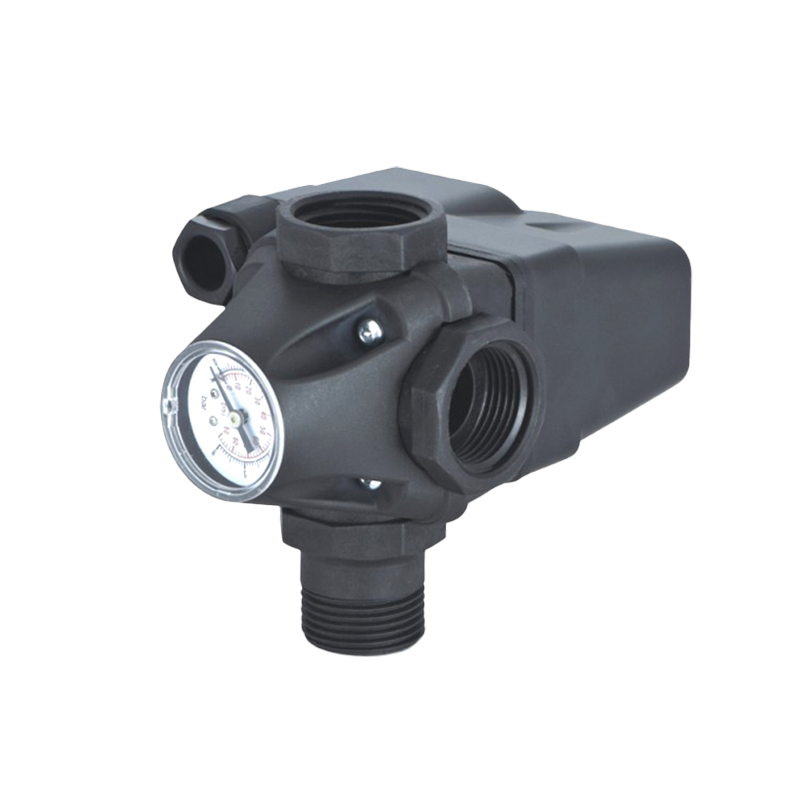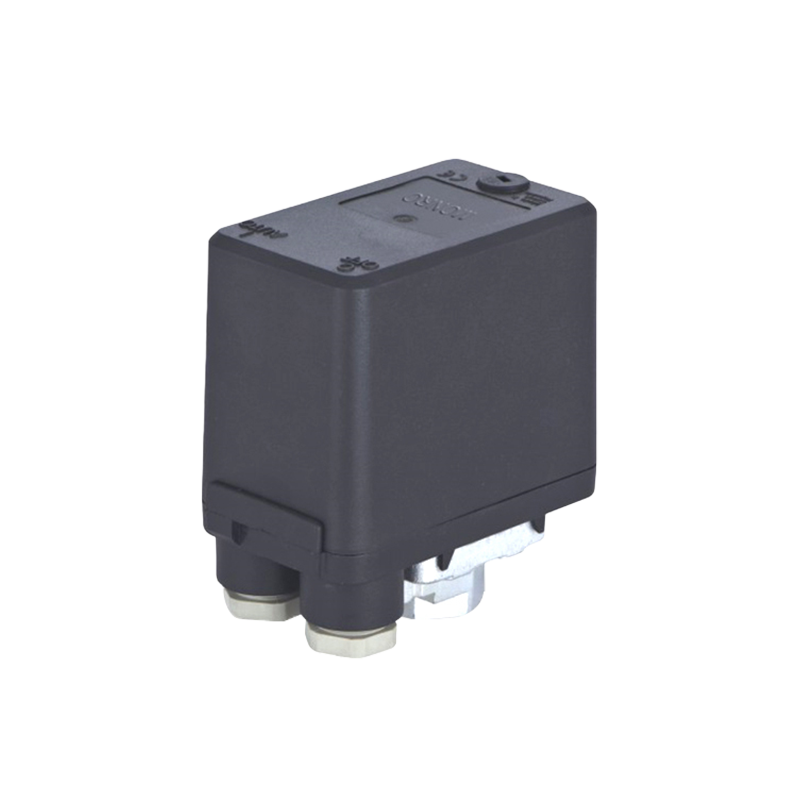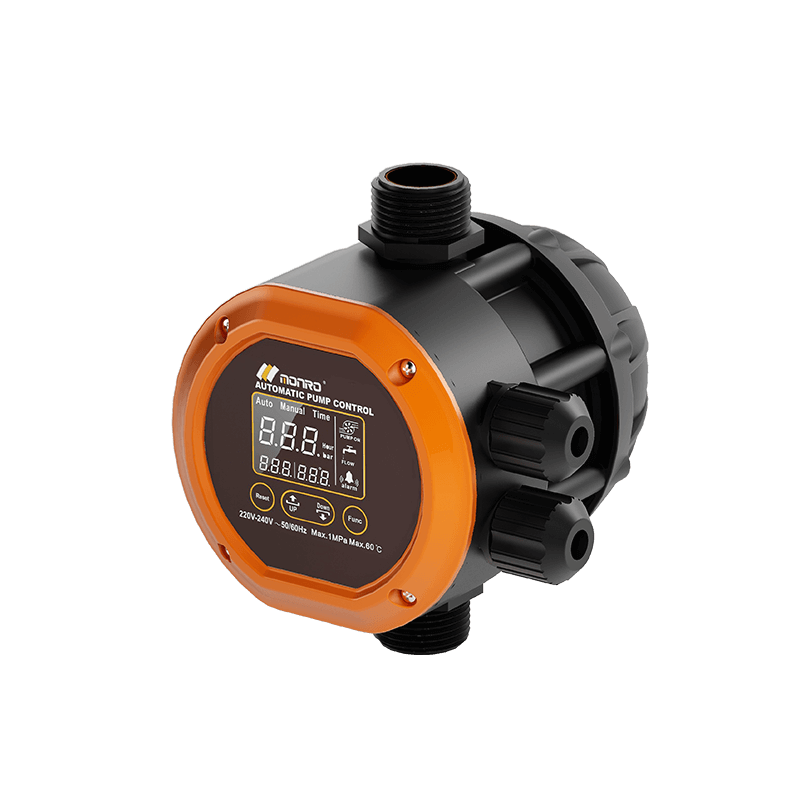Don't hesitate to send a message
Web Menu
Product Search
Exit Menu
Improving Pressure Response Time and Accuracy Through Smart Pressure Control Factory Innovations
Modern industries rely on highly responsive and accurate pressure control systems to maintain stability, efficiency, and safety in operations. From automated manufacturing lines to energy processing facilities, the need for real-time pressure adjustments is more critical than ever. A Pressure Control Factory, dedicated to producing high-performance control solutions, plays a key role in addressing these demands. By integrating advanced sensor technologies, intelligent control algorithms, and precision hardware, such factories continuously improve the response speed and accuracy of their pressure control systems, enabling them to perform efficiently under dynamic and complex operating conditions.
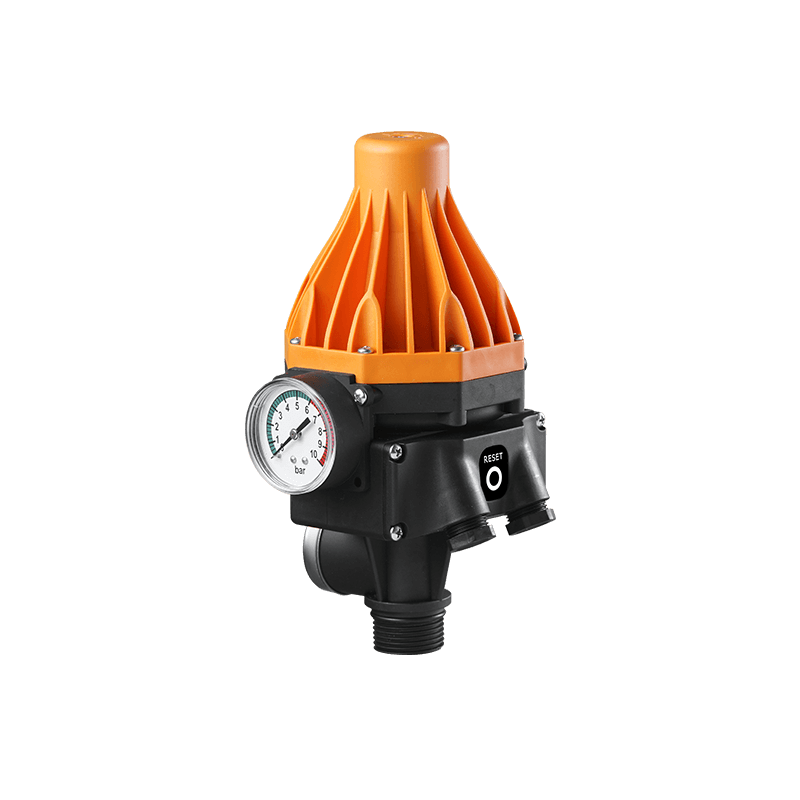
Smart Sensor Technology for Rapid Pressure Detection
The one step toward enhancing response speed and precision begins with how pressure is measured. A pressure control system must detect fluctuations quickly and accurately to make timely adjustments. To achieve this, the factory incorporates high-sensitivity sensors capable of capturing even slight pressure changes in milliseconds. These sensors often utilize piezoresistive or MEMS-based designs, which offer not only rapid response but also consistent accuracy across a wide range of temperatures and pressures. Improved signal clarity and reduced noise interference further contribute to precise data input, enabling faster control decisions and reducing the risk of overcorrection or instability.
High-Speed Actuators for Precision Execution
Once a control decision is made, the mechanical elements of the system must respond without delay. Fast and accurate actuation is essential, particularly in systems where fluid dynamics can change in seconds. To support this, the factory uses actuators engineered for high-speed response, often powered by servo or stepper motors with fine positional control. These actuators regulate valves or other flow-controlling components with a high degree of precision, ensuring that pressure adjustments are implemented instantly and without overshoot. Mechanical components are also designed with low-friction materials and high-tolerance machining, which helps reduce mechanical lag and wear, maintaining long-term accuracy.
System Integration to Reduce Latency and Improve Coordination
To truly enhance both speed and precision, every component in the pressure control system must be integrated into a cohesive, well-coordinated structure. The factory ensures this through optimized system design that reduces signal transmission delays and communication bottlenecks. Additionally, embedding processing units closer to the source of measurement allows local computation, further reducing decision-making time and improving overall system responsiveness.
Continuous Monitoring and Calibration for Sustained Accuracy
Improving precision is not only about performance at the time of installation—it also involves maintaining that performance over the life of the system. To achieve this, continuous monitoring mechanisms are embedded into the pressure control system, tracking sensor health, actuator performance, and overall system behavior. When deviation from baseline performance is detected, automatic calibration routines or maintenance alerts are triggered. This proactive maintenance strategy ensures that response speed and accuracy are not compromised by sensor drift, mechanical fatigue, or environmental wear, making the system more reliable and efficient over time.
Conclusion
The need for rapid and precise pressure control continues to rise in response to growing industrial automation and safety requirements. By focusing on high-speed sensing, predictive algorithms, responsive actuation, and intelligent integration, a Pressure Control Factory enables pressure systems to operate at good performance. These enhancements not only ensure faster reaction times and tighter pressure tolerances but also extend system reliability and reduce operational risk. In an increasingly data-driven and dynamic industrial landscape, precision and speed are no longer luxuries—they are necessities, and the factories behind pressure control technologies are stepping up to meet that challenge.
-
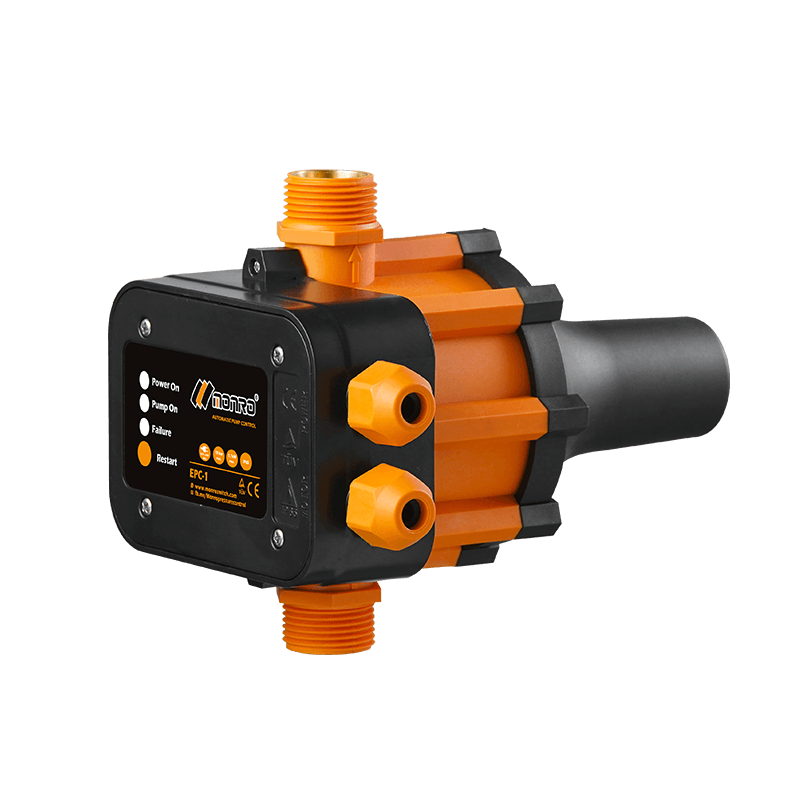 EPC-1
EPC-1Monro EPC-1 model pump controller is the classic and basic type, was loved by user in the global mar...
-
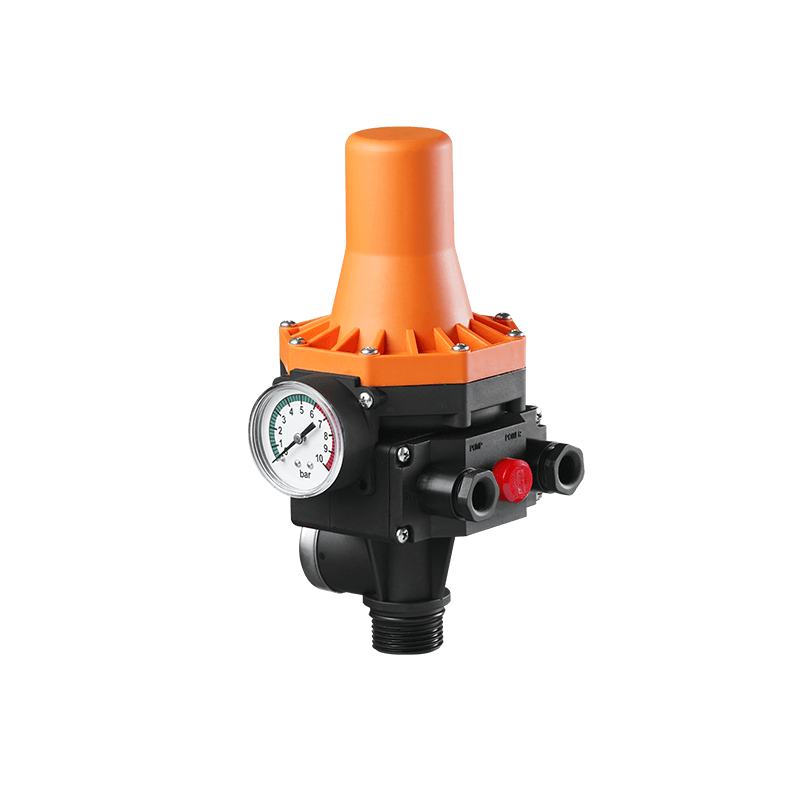 EPC-3
EPC-3Monro EPC-3 spain design auto on and off press control, an intelligent and economical system designe...
-
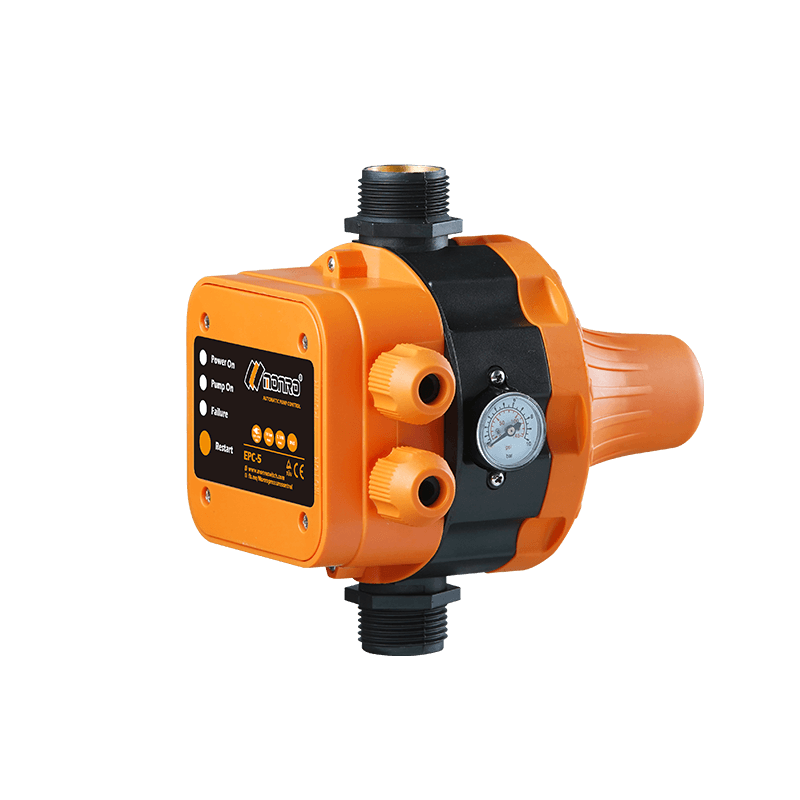 EPC-5
EPC-5Monro EPC-5 model automatic pump control, a device which assembled on the water pump (recommended si...
-
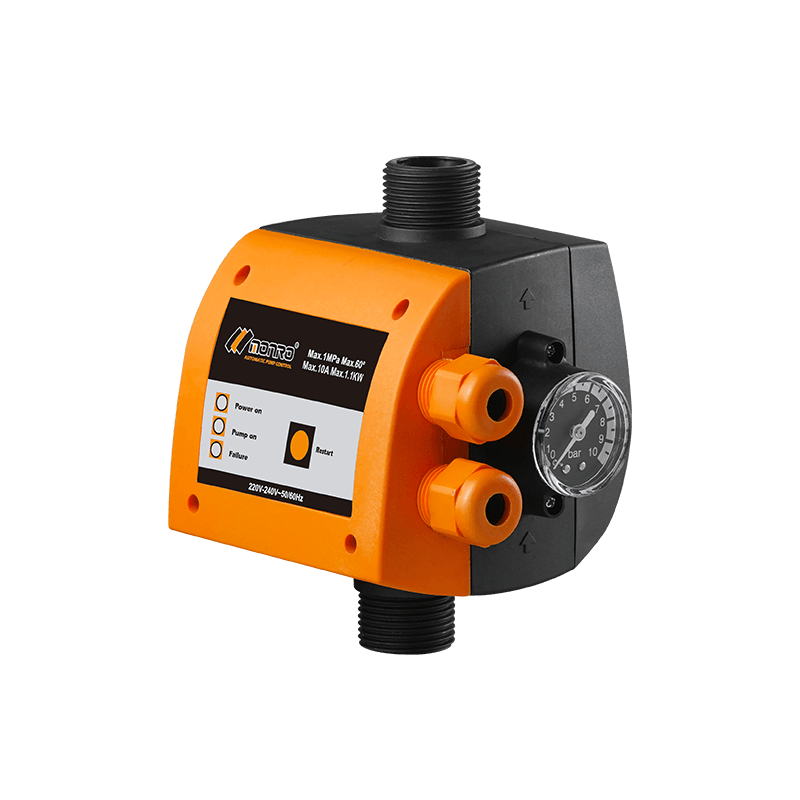 EPC-9
EPC-9Monro EPC-9 model pressure controller, is a big power device for automatic control and protection of...
-
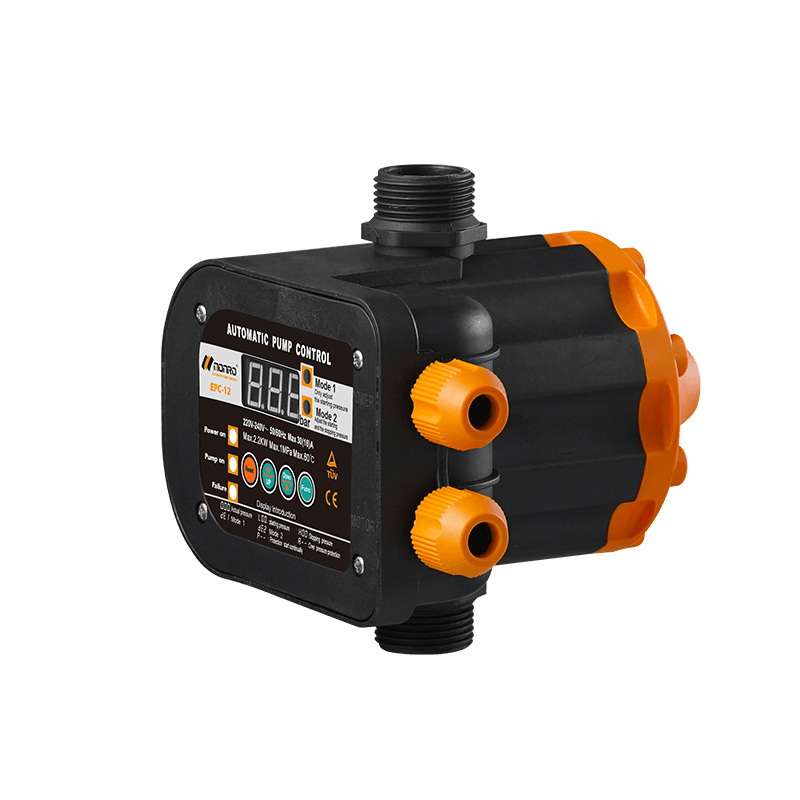 EPC-12
EPC-12Monro EPC-12 smart top-level automatic pump control is a multi-function model combined with traditio...
-
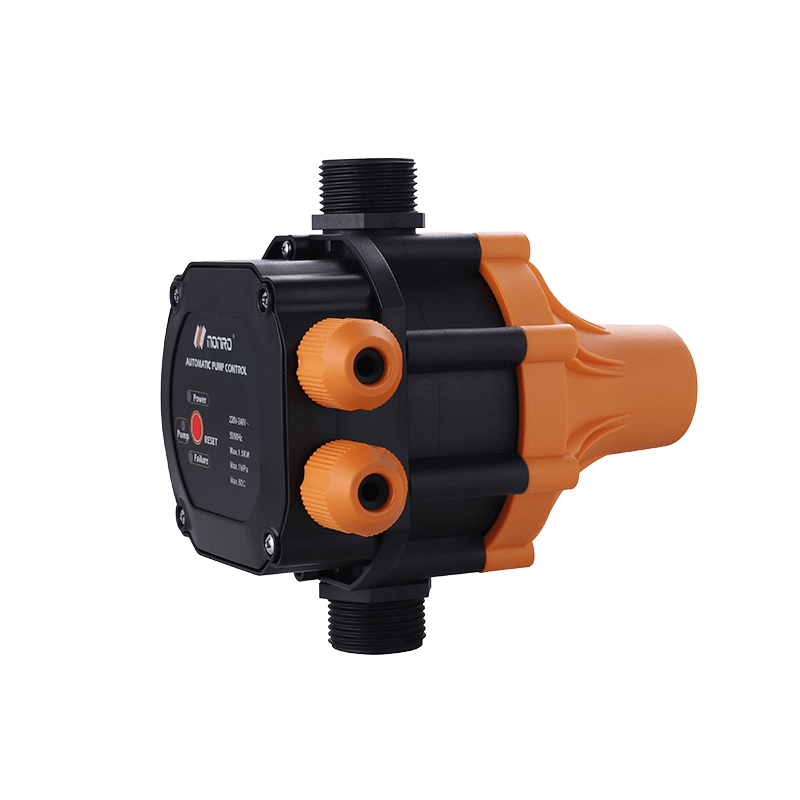 EPC-14
EPC-14Monro EPC-14 model pressure control is a big power device for automatic control and protection of el...
-
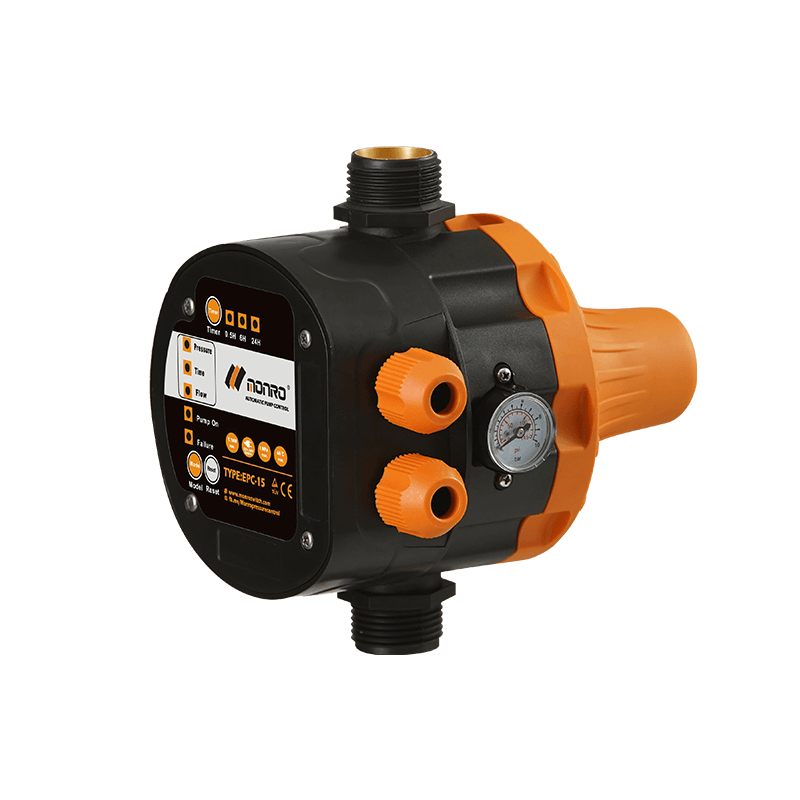 EPC-15
EPC-15Monro EPC-15 model automatic pump control, a device which assembled on the water pump (recommended s...
-
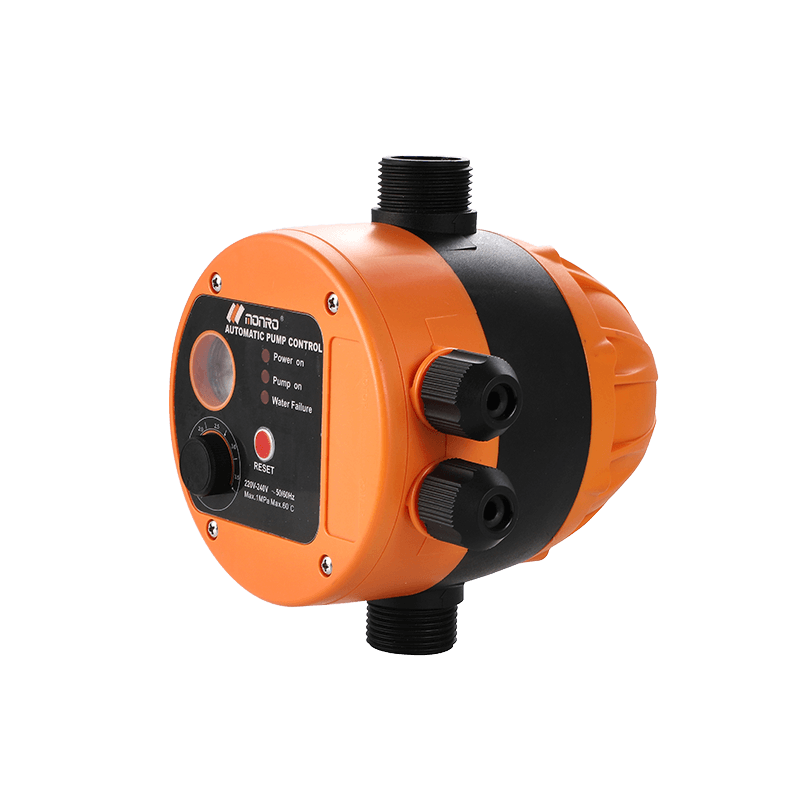 EPC-16
EPC-16EPC-16 is the new patent pump controller by Monro. Its key highlight is tooless (manual knob) start...
find our office
Committed to providing professional pressure control solutions for various types of water pumps and air compressors.

 简体中文
简体中文 English
English Español
Español